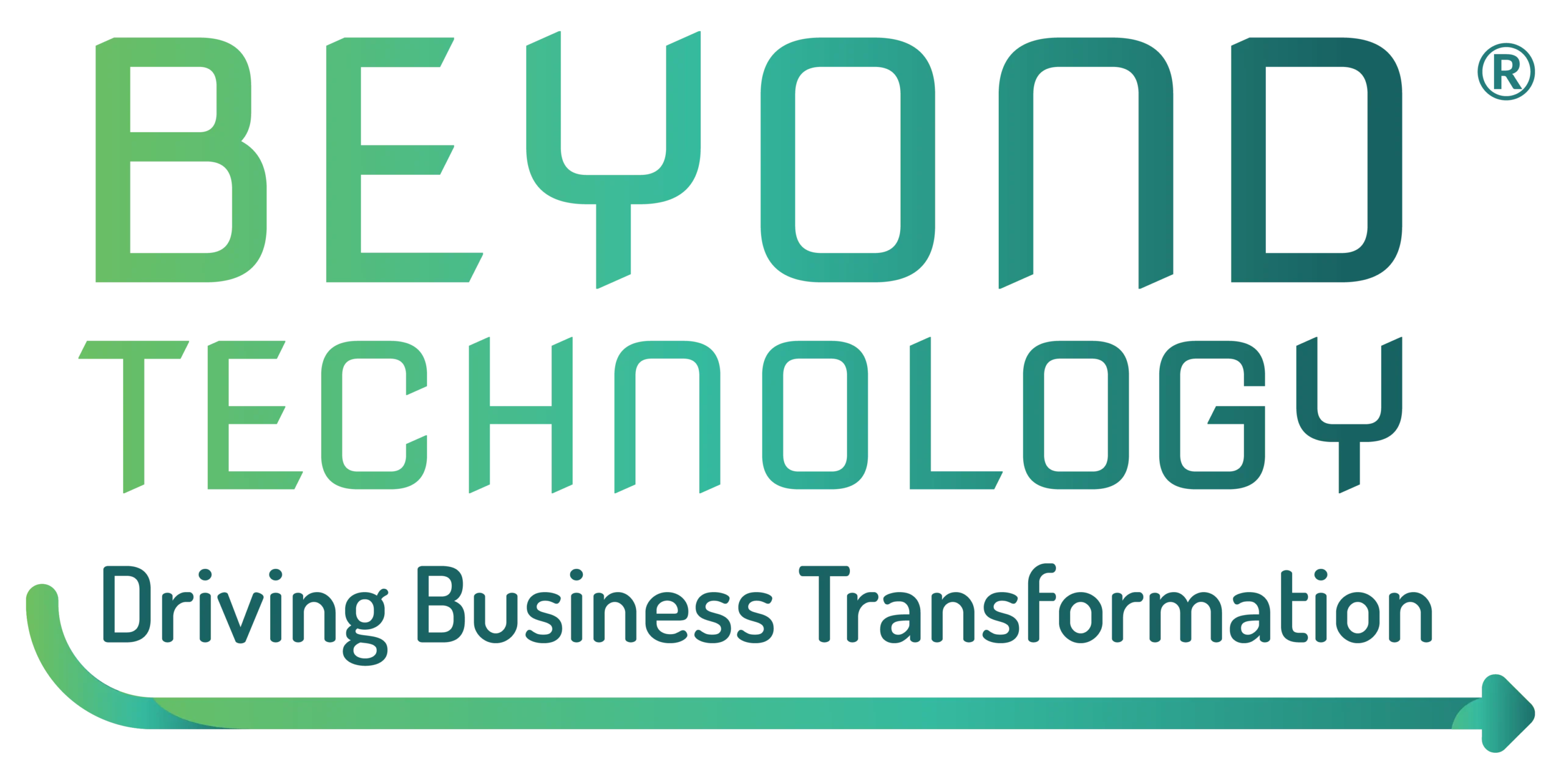Recently, several specialized outlets have suggested that certain advanced language models, such as ChatGPT, may have passed the Turing Test under controlled conditions. While this is not yet an official or conclusive evaluation, the claim has reignited interest in understanding what the test actually measures and why it continues to matter in the development of intelligent systems.

What the Turing Test is and why It was created
Proposed in 1950 by mathematician and computing pioneer Alan Turing, the test was designed to answer a fundamental question: can a machine think? Instead of defining “intelligence” rigidly, Turing created an experiment in which a human evaluator engages in separate conversations with both a human and a machine, without knowing which is which. If the evaluator cannot reliably identify the machine, it is said to have passed the test.
It’s important to note that the test does not assess logical reasoning, emotions, or consciousness. Its main purpose is to evaluate a machine’s ability to simulate human language convincingly enough to deceive a human interlocutor. This makes it a key tool for examining the threshold where machines stop acting like automated tools and start behaving like autonomous conversational entities.
Why the Turing Test still matters for conversational AI models
Though the Turing Test was conceived long before the rise of modern artificial intelligence, it remains a useful benchmark for evaluating the boundaries between human and machine dialogue. Its relevance has grown with the emergence of virtual assistants and automated response systems that now play a central role in how users interact with technology.
A machine’s ability to carry on a conversation indistinguishable from that of a human has practical implications across multiple industries—from customer service to personalized education. Yet it also raises ethical and social questions: how transparent should companies be when users are interacting with AI? And what level of accountability should developers hold when building such systems?
The impact of human language simulation on AI applications
Progress in natural language simulation has paved the way for increasingly sophisticated use cases. From content generators to virtual medical assistants, the ability to understand and produce natural language is now one of the main drivers of growth in both commercial and scientific AI.
However, passing the Turing Test doesn’t mean a machine understands what it says. The real challenge for the future is not just to replicate conversational patterns but to build systems that integrate contextual awareness, logical reasoning, and environmental adaptability. In that sense, the Turing Test remains a useful yardstick—but it is far from the only standard needed to define advanced AI.
While the Turing Test is not the ultimate measure of intelligence, its continued relevance highlights the complexity of replicating human communication. The renewed attention it’s receiving reflects the progress made in this field, but also underscores how many questions remain about the limits and possibilities of conversational technology.

